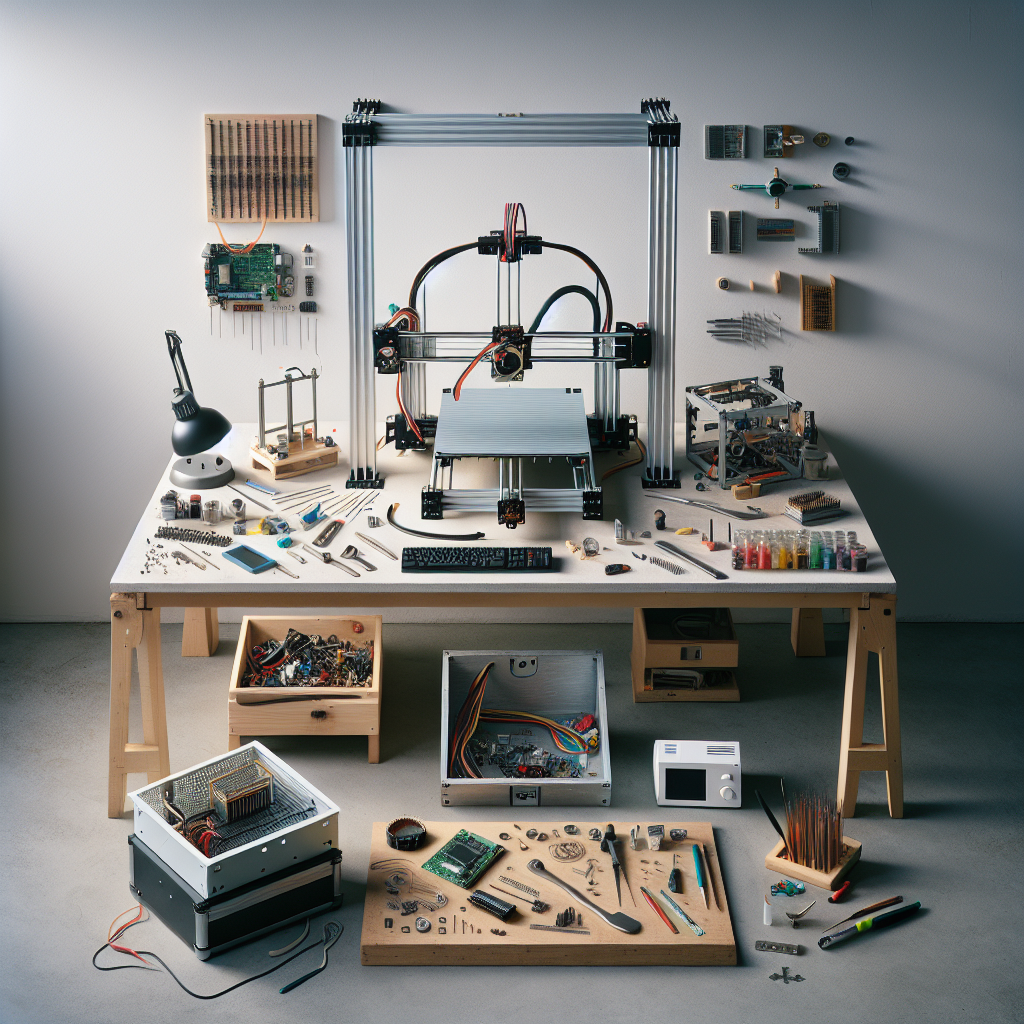Repurposing Old and Broken 3D Printers: Innovative Ideas for a Second Life
Every seasoned 3D printing enthusiast eventually faces the same dilemma: what to do with a 3D printer that’s no longer up to the task. Whether it’s outdated, partially functional, or simply beyond economical repair, tossing it in the trash is both wasteful and environmentally unfriendly. Fortunately, the world of 3D printing is defined by creativity and resourcefulness. Here are some of the best alternative uses for old and broken 3D printers, drawing on years of hands-on experience in the field.
1. Parts Salvage: A Treasure Trove for Future Projects
Before sending your printer to the recycling center, consider the goldmine of reusable components within:
- Stepper Motors: Often in perfect working order even when other parts fail, stepper motors can be repurposed for robotics, CNC machines, camera sliders, or even DIY turntables.
- Power Supply Units: These robust power supplies are ideal for bench power projects or powering other electronics.
- Mainboards and Drivers: Even outdated control boards can drive experimental machines, serve as test beds, or be used to learn firmware customization.
- Linear Rails and Bearings: Precision components like rods, rails, and bearings are invaluable for building custom motion systems.
- Heating Elements and Thermistors: Hot ends, beds, and sensors can become spare parts for other printers or experimental heated enclosures.
2. Building Custom CNC Machines
With a few modifications, the framework and motion system of a 3D printer make an excellent foundation for other types of CNC machines. You can transform your old printer into:
- Laser Engraver: Replace the extruder with a laser module and you have a capable engraver for wood, acrylic, and leather.
- Mini CNC Router: With a compact spindle, your printer frame can cut soft materials like balsa wood, foam, or PCB boards.
- Plotter: By attaching a pen or marker, your former printer becomes a precision drawing or calligraphy machine.
3. Educational Tools and Demonstrators
Broken 3D printers make excellent teaching aids. Use them to:
- Demonstrate the mechanics of 3D printing to students without fear of damaging an operational unit.
- Practice electronics troubleshooting and repairs in a low-risk environment.
- Showcase the internal workings of stepper motors, belts, pulleys, and wiring during workshops or makerspace tours.
4. Smart Home Automation Projects
Several components in a printer, especially the stepper motors and control boards, can be integrated into smart home solutions. Creative DIYers have built:
- Automated curtain openers or window actuators using stepper motors and rails.
- Remote-controlled camera pan/tilt systems for home security or live streaming.
- Custom automated pet feeders or fish tank accessories.
5. Art Installations and Kinetic Sculptures
The precision movement of 3D printers can be harnessed for kinetic art. Reprogram the mainboard or replace it with an Arduino or Raspberry Pi, and use the printer’s mechanics to create mesmerizing moving sculptures or interactive displays.
6. Upcycling for Storage or Furniture
Frame and casing parts, rails, or even the printer’s bed, when cleaned, can be repurposed into:
- Tool organizers for the workshop.
- Modular storage trays for small parts.
- Unique shelving or display stands, especially for showcasing printed models.
7. Donating to Makerspaces or Repair Cafés
If you have no immediate use for your broken printer, consider donating it. Many community makerspaces, schools, and repair cafés eagerly accept nonfunctional units for parts, training, or as challenges for repair-minded tinkerers.
Conclusion: Sustainability Through Creativity
Retiring a 3D printer doesn’t have to mean sending it to the landfill. With a bit of ingenuity—and perhaps a few additional parts—you can give your old machine a new lease on life while supporting the ethos of sustainability and creativity that defines the maker community. Before you part ways with your printer, explore these alternative uses and see just how far your innovation can take you.


Leave a Reply